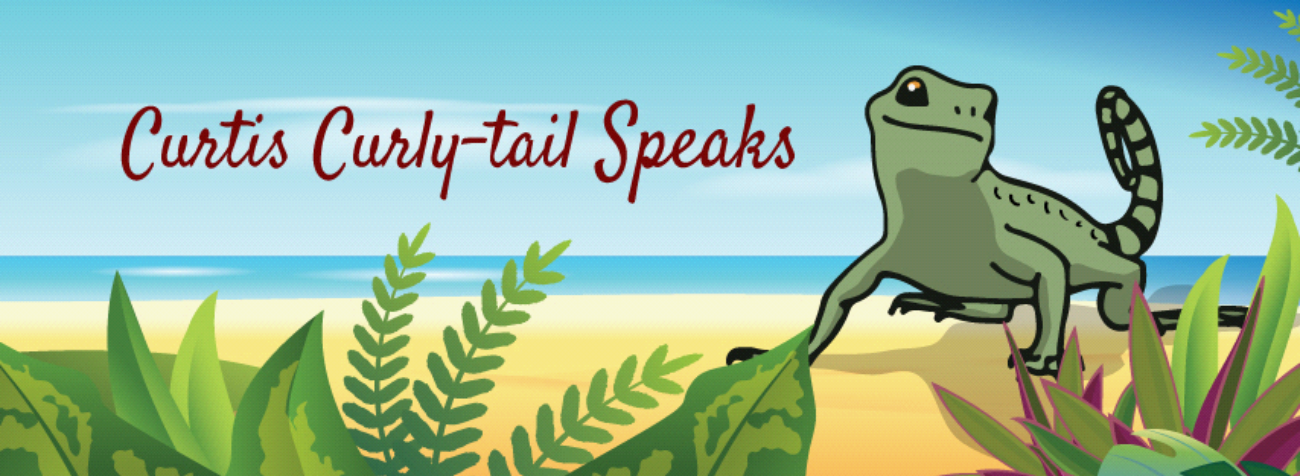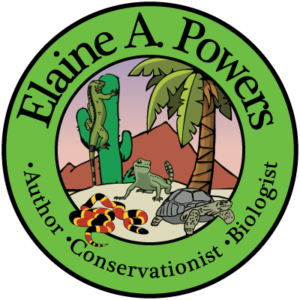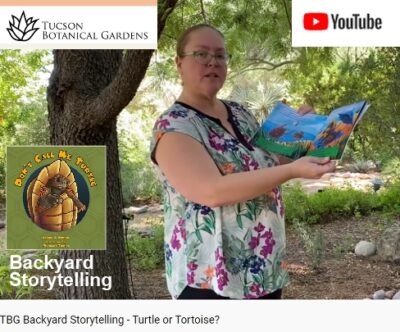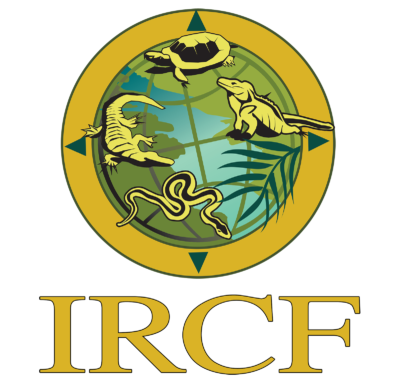Who is Stalking Whom? by Elaine A. Powers, Author
During the worst of the summer heat in the Sonoran Desert, I ride my horse in the mornings around the stables. I enjoy trail rides through the brush, around the washes. In some areas, trails have been worn in the sand by a multitude of hooves. This becomes important later.
In the evening, Button and I take a walk and she has an opportunity to roll in the sand. Lots of nice sand in the area. It was a hot evening with a lovely breeze, so we walked some the trails through the thickets. I’m always looking around for dangers, real and horse-imagined. We were almost back to the arena, when I decided to ‘power walk’ back. Button was in the rut and I was walking on the trail’s edge. I looked up, then with a sudden start saw two white stripes move on the ground in front of me. A Western Diamondback Rattlesnake was nestled in some dead branches alongside the trail. The reptilian gentleman was looking at the large mammal about to step on him.
Realizing my mistake, I threw myself forward over him and in front of Button. She, fortunately, didn’t step on me or panic at the presence of the rattler. Button went into the arena for her roll and I went back to get a photo. The rattler posed nicely, slowing his amazing rattles, so that I could count all 12 of them. We each went on our own way.
The next morning, the snake wasn’t in the same place, but had moved over to a yucca in the path between the two arenas. Several riders were afraid to pass him, but Button and I strolled by, wishing him a good morning.
The third day, I couldn’t find my new snake friend anywhere. I hoped he had moved to good hunting rounds.
The fourth day was Button’s day off from being ridden. We were taking a quick morning walk so we could both stretch our legs because we wouldn’t have our usual exercise. The plan was the cross the wash, circle around the bush on the other side, then back up to her stall. We plowed through the deep sand, reached the bush, heard the rattle (the first time we’d heard his rattle), said a hasty good morning, circled wide and headed back down the wash in the other direction. I hate it when I hear bushes rattle.
I mentioned these encounters and one person suggested that the rattler was stalking me. Actually, it could be said that I, and Button, were stalking the rattlesnake! He was quietly minding his own business and the two of us came into his area, invading his personal space. It’s all in the point of view. Sadly, I haven’t seen this magnificent fellow again.
If you’d like to learn more about rattlesnakes, I recommend Don’t Make Me Rattle, in which I show all the reasons we should respect these beautiful reptiles, rather than be afraid of them. They do so much for us and many people haven’t a clue. Grab a copy today and then pass it on so that others can learn all about them, too, including how to avoid contact on the trail.
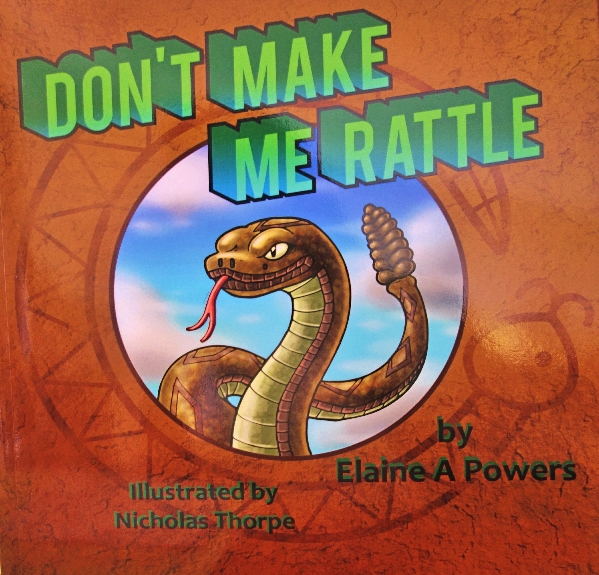
Than You Know!
I Am Shy and My
Rattle is Only a Warning:
Please, Stay Away!
For All Ages
Reading Level 6+
Bold and Vibrant Illustrations
by Nicholas Thorpe
Written in Rhyme
40 pages
COMPLETE BOOK DESCRIPTION HERE
Learn all about the rattlesnake’s place in our ecosystem. Learn why we should respect them, not fear them.
See why they flick their tongues, learn why they are called pit vipers, the purpose of the venom, and much, much more in this in-depth look at rattlesnakes.
A Review of Don’t Make Me Rattle! By Helene Woodhams
Arizona Daily Star:
“A rattle from a reptile is not a welcome sound, but if it makes you tread carefully, it’s served its purpose, says Tucson author Elaine A. Powers. In a picture book chock-full of rattlesnake facts, she emphasizes the good they do (eating rodents, scattering seeds, and aiding cancer research), as she imparts interesting reptilian lore. For instance, although toxic to those on the receiving end, venom acts like saliva for a rattlesnake, a necessary digestive aid since they lack teeth for chewing. And rattlers are surprisingly social creatures who bunk together when it’s cold–forming a ‘rhumba’ of rattlers. An unabashed rattlesnake fan, Powers bemoans how willingly we exterminate them, largely because they look so unlovable. She gets no argument there from illustrator Nicholas Thorpe, whose threatening rattlesnake pictures, some with mouths agape and dripping venom, are undeniably scary. The third in the “Don’t” series is for kids in grades K-4.”
NOTE: Lyric Power Publishing LLC offers supplemental educational and fun workbooks and activity sheets. One of them is 46 pages and jam-packed with fun activities that teach all about this magnificent creature.
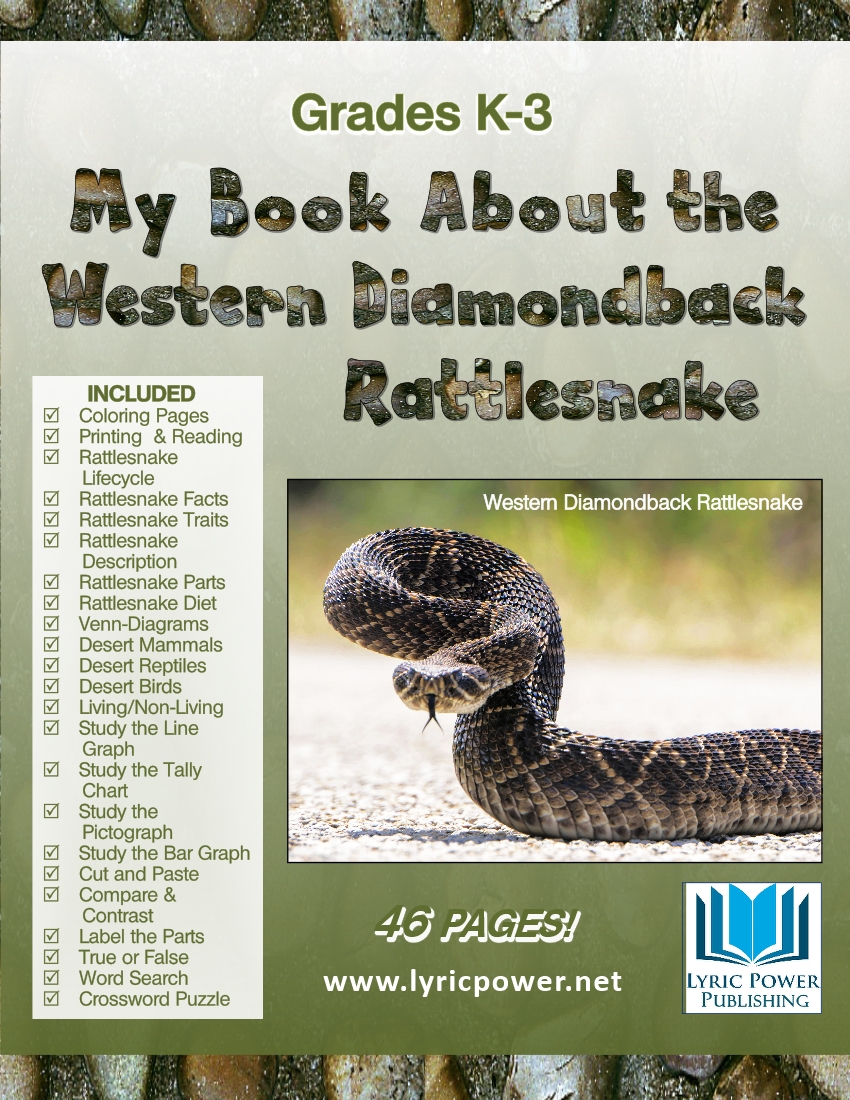 LifeCycle, Facts, Traits, True or False, Puzzles, Graphs, Charts, Coloring Pages, Comoare/Contrast
LifeCycle, Facts, Traits, True or False, Puzzles, Graphs, Charts, Coloring Pages, Comoare/Contrast
It is called My Book About the Western Diamondback Rattlesnake for Grades K-3.
A special thanks to you from Lyric Power Publishing for stopping by today. We appreciate you!
To learn about our latest science-based children’s books and workbooks, to read our latest blog posts about reptiles, birds, cats, and gardening, in a variety of locations, and about how the books come to be, what inspires an author to write, and many more interesting aspects of the publishing business, fill in the box below and we will add you to our email list.
Thank you!
